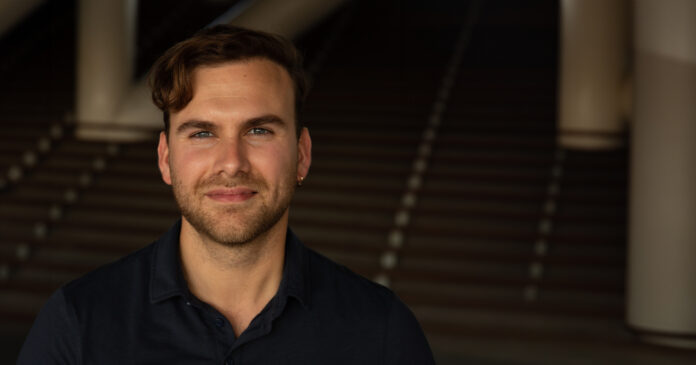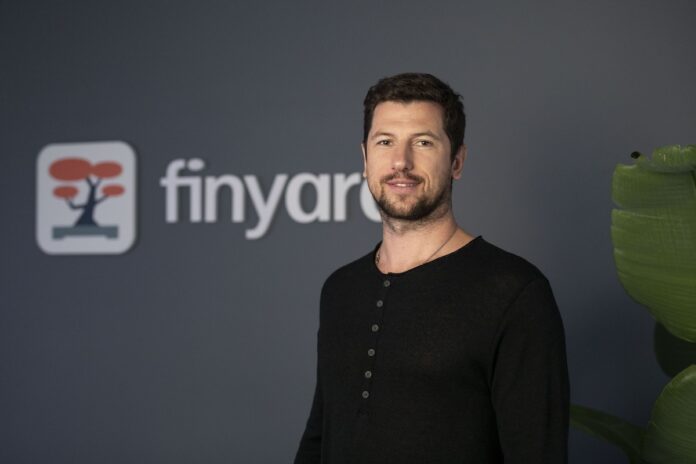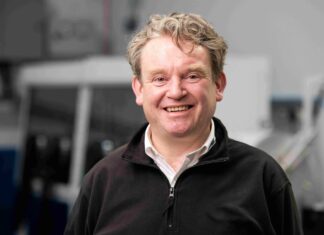About:Energy is pioneering the future of battery technology, addressing key challenges in the electrification industry and propelling the world towards a more sustainable and efficient energy landscape.
Why did you decide to found About:Energy?
The transition to electrification has been slower and more challenging than many companies predicted. Developing new battery technologies is incredibly complex, requiring extensive testing and refinement to meet cost and performance targets. Physical prototyping of battery cells and systems is expensive and time-consuming. It can take years to gather the data needed to fully optimise a design.
This has created a major bottleneck. Engineering teams lack the insights needed to quickly evaluate options and make informed decisions when selecting cells and integrating batteries into products. Extensive physical testing is required to characterise performance factors like fast charging, thermal behaviour, lifetime, and safety. This physical testing requires significant investment in lab infrastructure and personnel, presenting a barrier to entry or ongoing risk to industry. The resulting development costs and long design timelines hinder innovation and widespread adoption of electric mobility.
Myself and my co-founder Kieran O’Regan created About:Energy to provide digital tools address this problem by providing unmatched visibility into battery performance through advanced modelling and data analytics. We empower faster, better informed decision making across activities like cell selection, pack sizing, thermal design, lifetime prediction, and state-of-charge estimation. This unlocks major time and cost savings, accelerating development while enhancing the quality and competitiveness of electrified products.
What is the vision behind About:Energy?
Our mission is to accelerate the transition to electrification by providing the tools and data needed to optimise battery design. We aim to become the central hub for battery data, where any company can access the information they need to build the right battery for their specific application. By equipping companies with better data, we empower them to make more informed decisions that reduce development costs and time-to-market for battery-powered products.
From the idea to the start what have been the biggest challenges so far and how did you finance yourself?
I always wanted to start a company but the path to founding a business wasn’t clear. It was actually reading Elon Musk’s biography that inspired my eventual path. In the biography Musk describes how doing a PhD is a great way to start a business as you get paid a salary for 3-4 years whilst getting to learn from world-expert academics supported by having access to facilities with millions of pounds work of equipment. Best of all the business will have some technology defensibility which immediately improves the chance of success.
My PhD certainly provided an incredible foundation and over the course of my PhD I was able to apply for funding targeting commercialisation. In this respect I was lucky to receive both college funding and government funding which was enough to boot strap our way to our first customers.
The biggest personal challenge for me has been the change of decision-making mindset in the world of business. Unlike science and engineering, business is heavily situational and probabilistic. Often there is no clear best path and actually you need to make a decision based on the information you have to hand and keep revaluating based on new information coming in. An element of chaos keeps it interesting and literally nothing is a given.
How does About Energy’s solution work?
Our solution centres on gathering vital battery data through precise laboratory testing and using this to power advanced simulations. We have developed sophisticated techniques to safely measure commercial cells while minimising interference. These specialised tests capture electrical, thermal, mechanical, and aging characteristics needed to build high-fidelity virtual models.
Our battery software platform (The Voltt) seamlessly integrates this modelling capability into standard engineering workflows such at Matlab Simlink and Siemens StarCCM+. We efficiently gather the required data through tailored testing regimes. Powerful models then infer battery performance based on these measurements. Engineers access this capability through a user-friendly software interface providing actionable insights not available through typical methods.
This virtual prototyping enables holistic evaluation and optimisation early in the design process, long before costly physical prototypes are built. Organisations can rapidly assess options, reduce risk, enhance performance, and compress development timelines leveraging our state-of-the-art modelling and expansive cell data repository. We provide unmatched visibility into how batteries behave in the real-world operating conditions specific to the application.
Who is the target group of About:Energy?
We serve companies across the battery value chain including prominent automotive OEMs, cell manufacturers, aerospace leaders, and more. Our tools provide value to any organisation developing battery-reliant products, even those in smaller niches such as off-road vehicles, maritime, and e-scooters.
The types of people that would use The Voltt are Engineers across the battery supply chain seeking to enhance R&D and reduce development costs. This includes Modelling Simulation Engineers, Powertrain Engineers, Mechanical Design Engineers, Safety Engineers, Systems Architects, Thermal Engineers, Manufacturing Engineers, Electrochemists.
About:Energy, where does the road go? Where do you see yourself in five years?
In the next five years, we envision About:Energy becoming a pivotal player in the battery revolution. Our goal is to position ourselves at the very heart of this transformative movement, recognised globally not just as a technology company, but as a leader driving significant advancements in the field. We aim to have our products and services make a tangible, positive impact on society and the environment. By reducing the cost of battery technology, we anticipate playing a crucial role in accelerating the world’s transition to an electrified future.
What that means for me is anyone’s guess. My place in About:Energy will be decided in the future but what I am absolutely clear on is that I will do my very best to execute on its mission. Every day I am extremely grateful to have the chance to work on a technology so impactful surrounded by an incredibly talented team with some of the world’s top professionals as advisors. I am really excited about our future.
At the end: Which 3 tips would you give to future founders or business leaders?
One of the most valuable pieces of advice I can offer to future founders or business leaders is to learn through others’ mistakes. The path of entrepreneurship and leadership is riddled with challenges and while first-hand experience is a great teacher, observing and understanding the missteps of others can provide crucial insights without the direct cost of making those mistakes yourself.
Secondly, balancing confidence with humility is key. Confidence is essential to lead and make decisive choices, but humility allows you to remain open to feedback, learn continuously, and respect others’ contributions. This balance helps in creating a positive work culture and in making more informed and effective decisions.
Lastly, never underestimate the power of the right analogies. Analogies are not just communication tools; they are thinking tools. A well-chosen analogy can simplify complex ideas, bridge gaps in understanding, and can be incredibly persuasive. They help in aligning teams, explaining new concepts, and selling your vision both internally and externally.
Thank you Gavin White for the Interview
Statements of the author and the interviewee do not necessarily represent the editors and the publisher opinion again.



















